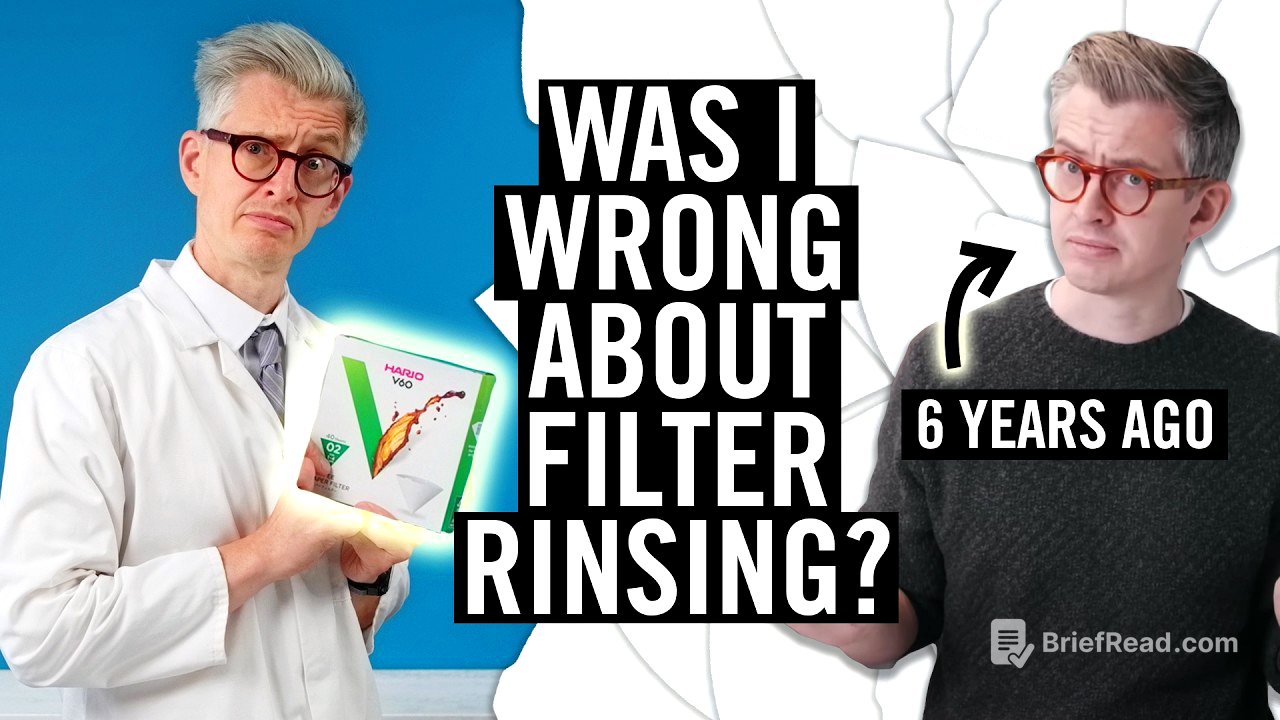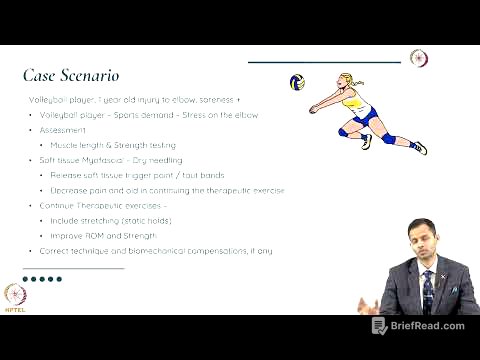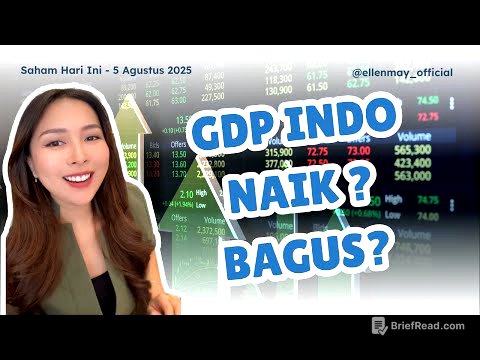TLDR;
This video explores the impact of different V60 filter papers on coffee brewing, updating a previous video on Hario papers. The tests reveal that slower papers generally lead to higher extraction rates. The video also challenges the necessity of rinsing filter papers and investigates how different papers perform with varying grinder qualities. Ultimately, the video suggests that while the paper you can easily obtain is fine, a slower paper can improve extraction with lower quality grinders, and encourages viewers to experiment and share their experiences.
- Slower filter papers generally lead to higher extraction rates.
- Rinsing bleached filter papers may not be necessary.
- Slower papers can mitigate the effects of lower quality grinders.
Intro [0:00]
James Hoffmann introduces a discussion about V60 filter papers, prompted by the need to update a five-year-old video on Hario V60 papers due to changes in their manufacturing. The video aims to compare various filter papers available on the market to determine if they significantly impact the brewing process. The investigation has changed the way Hoffmann thinks about pour-over brewing, and he intends to share the findings.
The filter papers we tested [0:32]
Hoffmann outlines the nine different filter papers used for comparison, noting that this selection is not exhaustive. The papers include Hario filter papers, which are now uniformly manufactured in one factory in Japan, regardless of packaging. Additionally, papers from Timemore, Kinto's Slow Coffee Style papers containing cotton, and four different papers from Cafec are tested. The Cafec papers are designed for different brew temperatures and roast levels: dark roast (83°C), medium dark (90°C), and light roast (92°C). Lastly, papers from Sibarist, including their fast papers and the more conventional B3 paper, are included in the comparison.
What did we test for [2:53]
The filter papers underwent a series of tests, with the primary finding that slower papers resulted in higher extraction rates when other variables like grind size and coffee amount were kept constant. The Sibarist Fast papers had the lowest extraction, while the Kinto Slow Coffee Style papers had the highest. This correlated with how quickly water drained through the papers, indicating that the paper's resistance affects contact time and extraction.
Context [3:45]
Hoffmann addresses concerns from viewers about slow draw-down times in V60 brews, which can be caused by slower papers or grinders that produce excessive fines. Fines can clog the paper, leading to unpleasant tastes due to uneven grind distribution, where the coffee tastes weak, strong, sour and bitter all at once. The key question is whether a paper that slows down the brew improves or worsens the taste.
An entirely sensible test [5:00]
A previous test involving steeping filter papers in hot water to assess their taste was repeated, but unlike in the past, the papers exhibited very little taste. This leads Hoffmann to question the necessity of rinsing filter papers before brewing, especially modern bleached ones. While preheating the brewer might still be beneficial, rinsing the paper may no longer be required.
Taste test 1 [6:50]
To determine if rinsing filter papers is necessary, a blind taste test was conducted, comparing coffee brewed with rinsed and unrinsed papers. The brewer was preheated in both cases. Hoffmann was unable to discern any difference in taste between the cups, leading him to conclude that rinsing bleached filter papers is unnecessary from a taste perspective. He still recommends rinsing unbleached brown paper filters due to their distinct taste.
Incogni [9:43]
The video includes a brief ad for Incogni, a service that helps remove personal information from data brokers. Data brokers collect and sell personal information, leading to spam calls and potential fraud. Incogni simplifies the process of requesting data removal from these brokers, helping users protect their privacy.
A Microscopic Visual Tone Poem. Or something like that. [11:06]
The video features microscopic images of the filter papers, both dry and wet, and with coffee grounds. While visually interesting, these images do not provide meaningful information about the papers' performance.
Second test set up [11:25]
Hoffmann emphasizes that the availability and cost of filter papers should be a primary consideration. He then explores how different papers perform with a lower quality grinder, using the Hario Slim grinder and comparing the Sibarist Fast, Hario, and Kinto Slow Coffee Style papers. The surprising result was that the slowest paper produced the best-tasting brew, mitigating the issues caused by the low-quality grinder. The increased contact time from the slower paper improved extraction, compensating for the grinder's shortcomings.
Taste test 2 [14:58]
A second taste test was conducted using a high-end grinder (Fellow Ode with SSP burrs) to determine if any paper suited it better. The papers were calibrated to achieve similar extraction levels. The Sibarist paper, with the finest grind, was preferred. This suggests that slower papers may have a higher ceiling for good-tasting extraction, and using a finer grind with a slow paper could yield a fuller, richer brew.
Summary [16:57]
In summary, the most accessible paper is generally adequate, but using a slower paper can enhance extraction with a lower quality grinder. While good coffee, water, and brewing technique are essential, a slower paper can provide more extraction without requiring a finer grind that risks channeling. Fast brews are achievable with options like the Hario when paired with a compensating grinder. The key takeaway is not to fear slow or fast draw-down times if properly compensated for.









